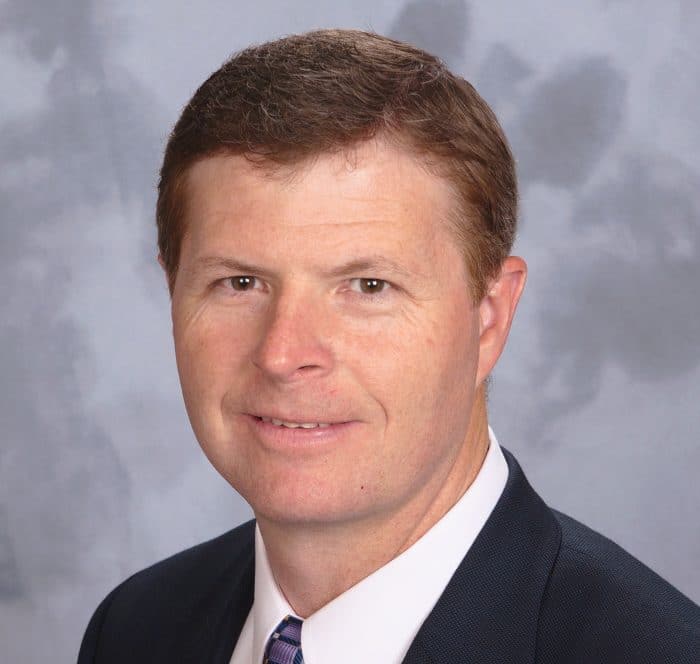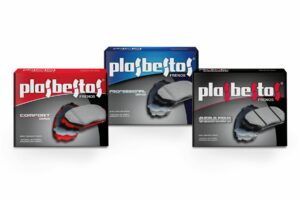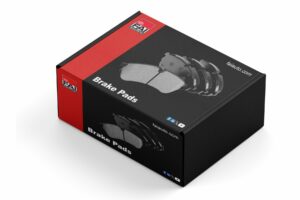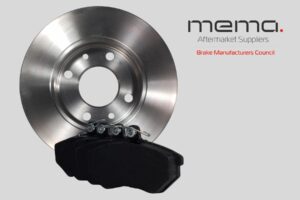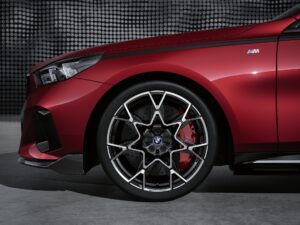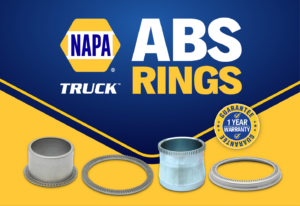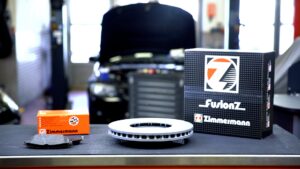ORLANDO – The BRAKE Report recently sat down with Chris McCormick, chief engineer, brake design engineering at ZF’s Active Safety Division in Livonia, Mich. McCormick has worked with the ZF Group and its predecessor companies for more than 30 years in the brake engineering field. In his present role, he oversees all aspects of Foundation brake design engineering working with such products as the Colette caliper, the world’s leading caliper design with more than one billion in the field.
In these first of two parts, McCormick talks about his role and that of his group within the overall automotive industry. In part two he will address industry challenges and opportunities, including how regenerative braking could change everything.
TBR – What are your responsibilities at ZF?
CM- Me and my team design and develop, meaning we do test and tune, for example the front- and rear-hydraulic calipers, as well as the EPB, the Electric Park Brake caliper – motor-on-caliper as some folks call it to get our designs right. In addition, we still do a decent business in rotors, hubs and drums and some of the spinning cast-iron bits that the calipers are grabbing.
TBR – You work primarily in North America. Is there someone doing a similar job elsewhere?
CM – I have counterparts in Koblenz, Germany and Shanghai and they have teams doing a very similar thing.
TBR – Are you developing things for specific OEs in those regions?
CM – Our customers and products here are very much Detroit three focused. We have good business, with Honda on EPBs, but we have the business on many of the trucks and SUVs [primarily pickups, the top-end of the light-vehicle market]. Trucks use twin-piston calipers, pretty-big calipers. My colleagues in Germany in Shanghai develop mostly single-piston calipers for passenger cars.
TBR – How much sharing is there between America, Asia and Europe design?
CM – There’s a high degree of sharing on similar-size vehicles. So, when we do a passenger-car vehicle, the caliper we design for that passenger car will be very similar to what is used in Germany or in Asia. In fact, there’s common parts and then there’s customer-unique parts in a disc-brake caliper. Basically, every caliper is custom fit for that car, for its wheel and it’s a game of fractions of a millimeter. There’s a housing and a bracket that are unique to that application, then there are standard parts like pistons and clips, and those are used the same in Europe and Asia.
TBR – Do OE multiple-wheel choices give you fits?
CM – Yes, they do. We can get a composite wheel from a customer that is composed of 15 or 20 different wheels and we have to draw the worst case inside profile and make sure the caliper fits to that. Very often the “offending wheel” is a spare or a low-volume steel wheel We tell them if you can get rid of that wheel, we could do a much better job on the brakes.
TBR – There are a number of vehicles sold worldwide on the same platform. Who takes the lead on designing brake systems fitted to such vehicles?
CM – Usually we align our design center with the customer’s homeroom. Usually the customer declares a homeroom; so, many of the GM global projects are run out of GM Warren, Mich. We align, we do the design and then we produce it in three regions. Similarly, VW is headquartered in Braunschweig (Germany), so Koblenz takes the lead there and does the design.
TBR – So ZF leaves it to the customers to determine where they want the design work to be done?
CM – I don’t know about “leave it to,” but that’s the way the customers work. They declare a homeroom and we just find it best to align to that homeroom because that’s where the decisions are being made for that global platform.
TBR – Trucks are now dominating the North American market. What challenges does that bring to designing braking systems?
CM – The biggest challenge regarding trucks is the packaging space. They tend to have similar size wheels, 17-inch wheels, 18-inch wheels, as passenger cars. On passenger cars those big wheels aren’t necessary, but they’re driven by the marketing folks. You move from a passenger car with a 17- or 18-inch wheel to a truck that weighs twice as much and it’s on similar 17- or 18-inch wheels, but it needs a bigger rotor because it needs more thermal capacity.
You have less room [than in the passenger car] left over for the caliper as it needs to fit between the disc and the wheel. We had to come up with clever designs because the only space we had was radially around. So, this thin-wide-bridge concept we came out with was a way to have it all: a stiff housing which we wanted and still deliver the customer a large disc.
TBR – You’re primarily an OE supplier. There have been a lot of changes in the ways OEs operate from the days of the OE being 100-percent integrated. There are many instances where suppliers take the lead. When it comes to braking, who takes the lead on braking and at what point do you get into the product-development cycle?
CM – I would say over time the pendulum swings. In the late 90s we had big, big business in turn-key systems. Our company would do the brake sizing. We would decide the booster, the master cylinder, the control and all the foundation brakes. And we produced all those products and we would deliver a turn-key system to our customers. By and large it’s swung back to in-house at the customer. They design it, they release the prints and they hand it out with request for quotes from the market. They still take our input.
TBR – The auto industry is in a period of cooperation, where they were once competitors, now they are working together on some issues. How has that impacted both ZF and the braking industry?
CM – Maybe the most recent example of that would be Fiat Chrysler. They’re now one company and they’re still homologating two historic companies into one in, figuring out how to work. It always takes time to rationalize when two or three companies come together – our own is a good example – to get to a new culture.
TBR – What about when suppliers might have to work together because of these mergers – if one of the companies had used ZF and the other a different supplier?
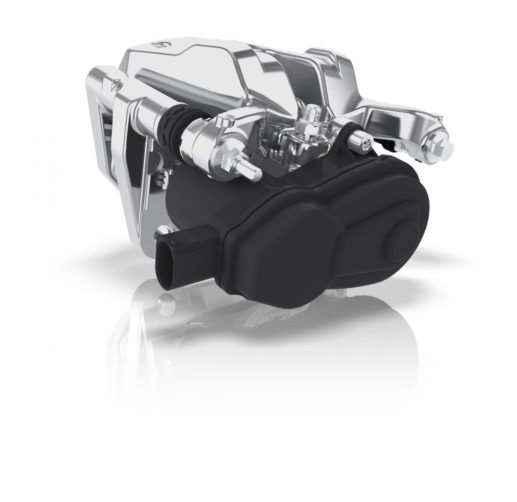
CM – Maybe a good example of that would be in the early days of the EPB – electronic park brake. It was controlled by its own standalone controller. Then we realized the brains of that standalone controller could be in the slip control system – nESC. There was a very brief period where we said if you want our EPB you need to buy our slip controller or vice versa. The industry quickly saw through that and came out with protocol so anybody’s EPB can work with anybody’s slip controller.
The OEs are very much interested in that position, so they’re not beholden to any one supplier. Normally there’s some OEs that are cognizant of how which market share a company has and they are kind of in a habit of if the front brakes go with supplier A, then the rear brakes go with supplier B.

